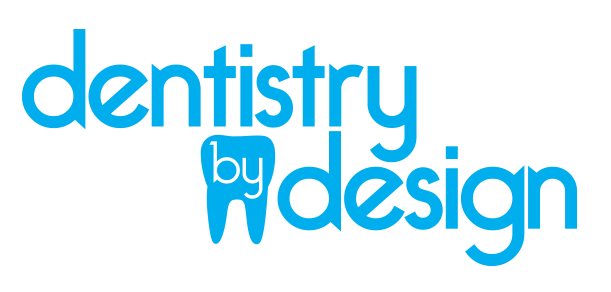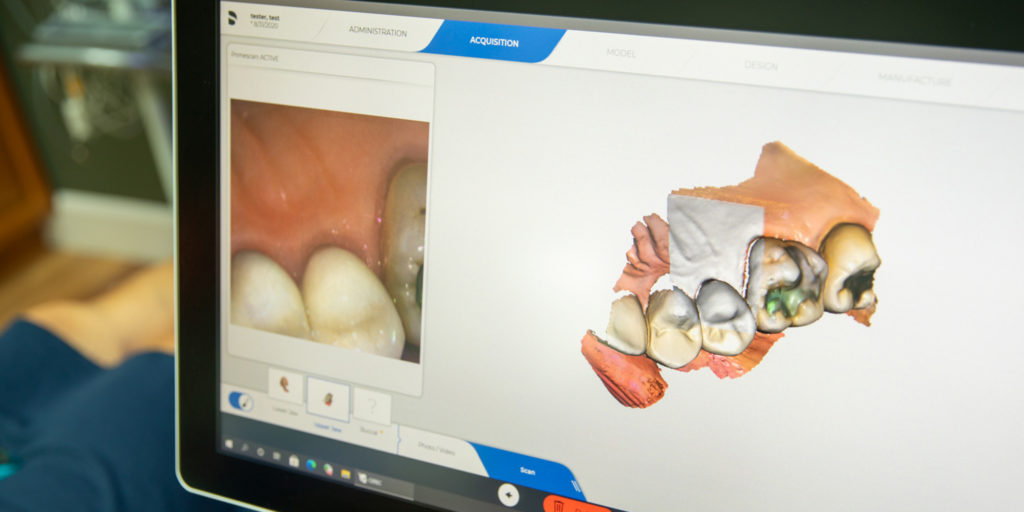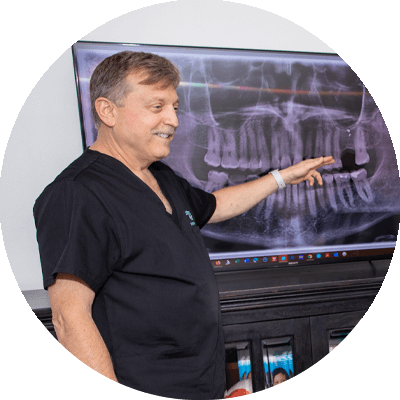

Please note we may not offer this service at our office. Please contact our dentist for more information at 931-486-0700.
Maryland dental bridges are an excellent conservative and durable option for those seeking to replace missing teeth. They are designed to maintain natural tooth structure while providing stability, making them an ideal choice in specific situations. To learn more, explore our Spring Hill, TN dentist’s guide by calling 931-486-0700.

Also known as resin-bonded bridges, Maryland dental bridges are prosthetic devices used to replace one or more missing teeth. Unlike traditional bridges, which use dental crowns for support, Maryland bridges feature a metal or porcelain framework that is bonded to the back of the adjacent teeth. This provides the necessary support and stability for the artificial teeth, eliminating the need for dental crowns.
Although not as widely used as traditional dental bridges, some dentists prefer Maryland bridges for replacing front teeth and maintaining healthy tooth enamel from tooth decay.
Maryland dental bridges offer several advantages, including:
Key differences between Maryland dental bridges and traditional dental bridges include:

The process starts with an initial consultation with your dentist, who will assess your oral health and determine your suitability for a dental bridge. They will also discuss treatment options, including the best type of bridge (traditional, cantilever, Maryland, or implant-supported) for your needs.
If a Maryland dental bridge is selected, it involves minimal alteration of adjacent teeth. A small amount of enamel is removed from these teeth to accommodate the bridge. Impressions are taken to create a custom bridge that fits perfectly in your mouth, and these are sent to a dental laboratory for fabrication.
While your permanent bridge is being made, a temporary bridge might be placed to protect your exposed teeth and gums.
Once the custom bridge is ready, you’ll visit the dentist’s office to have the temporary bridge removed. The new bridge is checked for fit, comfort, and appearance, with any necessary adjustments made for a proper fit.
After ensuring the fit is satisfactory, the dental bridge is bonded to the adjacent teeth using dental cement. For Maryland bridges, this usually involves bonding a metal or ceramic framework to the back of the adjacent teeth, supporting the pontic (replacement tooth) and securing the bridge in place.
Your dentist will check your bite after bonding the bridge, making any necessary adjustments to ensure proper alignment. A balanced bite is crucial to avoid undue stress on the bridge and your natural teeth.
A Maryland bridge may be recommended by your dentist for several reasons, including:
Maryland dental bridges are considered permanent as they are not removable by the patient, but they may not last a lifetime. Their longevity depends on factors like oral hygiene, diet, and overall oral health. With proper care and regular dental check-ups, a Maryland bridge can last many years.
The procedure is typically not painful for supporting teeth, as local anesthesia is used during the preparation phase to ensure comfort. After the procedure, mild sensitivity or discomfort may occur as your mouth adjusts to the new bridge, but this usually subsides within a few days.
Maryland dental bridges are suitable for some cases, particularly when adjacent teeth are strong and healthy, as they rely on these teeth for support. Your dentist will assess your oral health, the condition of neighboring teeth, and other factors to determine if a Maryland bridge is right for you. In some cases, traditional bridges or other restorative options might be recommended for abutment teeth and surrounding teeth.
Maryland dental bridges offer a natural-looking and comfortable fit, restoring both functionality and aesthetics to your smile. Regular oral hygiene and dental visits are essential for the longevity and durability of these restorations. Maryland dental bridges are a valuable option for achieving a complete and confident smile.
Contact Dentistry by Design today by calling 931-486-0700 to schedule your consultation and take the first step toward a stunning smile. We welcome new and returning patients from Spring Hill and the surrounding areas of Bethesda, Thompson’s Station, and Jameson, TN.
I understand the information disclosed in this form may be subject to re-disclosure and may no longer be protected by HIPAA privacy regulations and the HITECH Act.